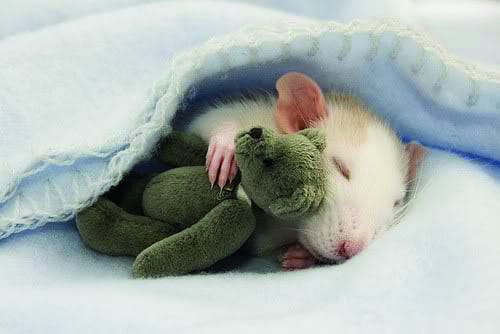Having Trouble Sleeping?
Utsav Radia reports on Imperial’s research into getting a good nights sleep

In the UK, 1 in 4 people suffer from some form of sleep disorder resulting in excessive daytime sleepiness. Researchers at Imperial College London, led by Professors William Wisden and Nicholas Franks of the Department of Life Sciences and Dr Mick Hastings’ group at the MRC Laboratory of Molecular Biology in Cambridge, have shined new light on exactly how the body controls when you wake up and when you fall asleep (the circadian rhythm).
The human circadian system regulates the rhythm of the human body by establishing normal sleep and wake phases. During the transition from wakefulness to sleep, the brain gradually becomes less responsive to visual, auditory and other environmental stimuli and relatively more responsive to internal stimuli. We now understand this transition better in terms of the stages of sleep – stage I being the most superficial and stage IV requiring the most stimulation to wake an individual; REM (rapid eye movement) sleep is either considered separately or as stage V sleep.
Previously, sleep was thought to be a very passive state of unconsciousness with decreased body (especially brain) activity. Nowadays we know that sleep serves a variety of functions: from restoration and recovery, to energy conservation, metabolic replenishment of the brain and even memory!
A ‘master clock’ found in the hypothalamus called the suprachiasmatic nucleus (SCN) is believed to be centrally involved in synchronising many other ‘local clocks’ that collectively modulate our body’s state of activity. However, until now, we were not able to demonstrate the effects of these ‘local clocks’ in the brain or explain the mechanisms by which they influence various areas.
In this experimental study on mice, the contribution of one putative ‘local clock’ in histaminergic neurons in the tuberomamillary nucleus (TMN; lies outside the SCN) to the regulation of the sleep-wake cycle was tested. The underlying hypothesis of this study was that histaminergic neurones in the hypothalamus are silent during sleep (i.e. they release no histamine) and only start firing after the onset of wakefulness. The subsequently released histamine, made by the enzyme histidine decarboxylase (HDC), enhances wakefulness by acting on areas of the cerebral cortex.
The scientists selectively deleted a well known ‘clock gene’ called Bmal1 from histaminergic cells in mice and found that this led to higher levels of HDC expression and subsequently higher brain histamine levels during the day. As a result of this, the test mice had more fragmented and shallower sleep, prolonged wakefulness, hindered recovery after sleep deprivation and even impaired memory.
The researchers used electroencephalography (EEG) analysis to compare the levels of brain activity during the sleep-wake cycles in control mice (i.e. those with the Bmal1 gene in the TMN) with those mice bred with the gene deleted (test mice).
Wakefulness and recovery from sleep was assessed by placing pieces of paper and plastic tubes in the mice’s chamber to discourage sleep. It was found that after 5 hours of sleep-deprivation, the control mice had an average of 6 hours more sleep than the test mice. Memory was assessed by observing the ability of the control and test mice to recognise two previously familiarised objects after a fixed period of sleep deprivation and a period of recovery. For both groups of mice, sleep deprivation impaired performance in recognizing the objects; however, the test mice performed worse and explored all the objects equally.
Dr Xiao Yu of Imperial College London, lead author of the study, expressed how “exciting [it is] to find significant evidence of a local body clock. Now we know that the master clock is not working alone, but relies on lots of helpers to wake up our whole body”.
Furthermore, the next steps are to investigate if there is a direct link between the SCN and other ‘local clocks’ to decipher how sleep-wake messages are interchanged. Nonetheless, this study has helped us to establish a platform to better understand how circadian control may be occurring in humans. Hopefully, we are not far from translating this understanding into tangible benefits for patients suffering from sleep disorders.









